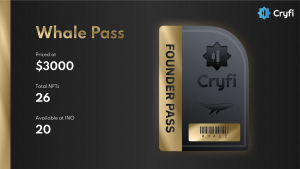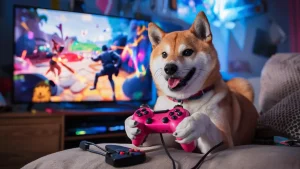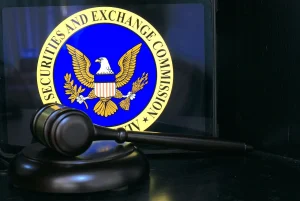NFTs fuse art and technology to safeguard cultural riches

At a recent art exhibition, NFT technology was showcased in innovative ways to preserve and digitally enhance traditional artworks, seamlessly blending cultural heritage with modern technological solutions.
In today’s world, where cultural heritage faces threats from various sources such as conflict, neglect, and the passage of time, the integration of technology with art preservation is becoming increasingly essential. Events that combine art with digital technology play a crucial role in safeguarding and revitalizing these valuable cultural assets.
Such initiatives are pivotal in ensuring that the intricate tapestries of our cultural past are not only preserved but also explored and appreciated in contemporary society. By embracing methods like digitization and the creation of non-fungible tokens (NFTs), these endeavors enhance the accessibility and engagement of art for a global audience while also protecting it from physical degradation and loss.
Exploring the intersection of art and technology:
The CityX initiative, focusing on digital art preservation, organized the CityX Pop-Up Expo on April 5-6 at Lume Studios in New York City, United States. Featuring a unique integration of art and technology in its ULIVE second drop, the event introduced an innovative approach to art preservation. Physical artworks were digitized and enhanced with additional technological layers to create a new form of NFTs.
Curated by Eugenia Brodsky and realized through a partnership between CityX and Hyperlab, the ULIVE collection comprises 16 artworks. Each piece was transformed into an NFT that went beyond simple digital replication. By incorporating sensory experiences and visual aesthetics, CityX’s NFTs aimed to create a more engaging and immersive form of art appreciation.
The NFTs serve as portals, providing viewers with brief yet rich experiences. Lasting 8-10 seconds, each NFT includes unique voiceovers and segments of a soundtrack by composer Dmytro Aksentiev (DJ Koloah), drawing viewers deeper into the art. The intricate visual effects challenge viewers to explore each artwork repeatedly to fully appreciate its underlying details.
Beyond the digital showcase, the CityX event featured lively celebrations of music and dance. The music lineup, led by Ukrainian DJ Koloah and featuring Erica Mancini of Gogol Bordello, contributed to a dynamic atmosphere that blended cultural expressions with the digital art on display. The second day of the event continued with additional performances by DJ Lago, DJ St.Art, and DJ Vikudza, despite facing an unforeseen challenge due to the April 5 earthquake in the U.S., demonstrating resilience through art and technology.
NFTs meet interactive technology:
The collaboration between CityX and WOWcube aims to transform how art is perceived and accessed, making each piece within the ULIVE collection more tangible to art enthusiasts. With only 16 NFTs available, CityX invites everyone to acquire a special utility that aims to pave the way to a new era of technological innovation through interactive devices, aligning with its mission of building galleries without walls and expanding the frames of art availability.
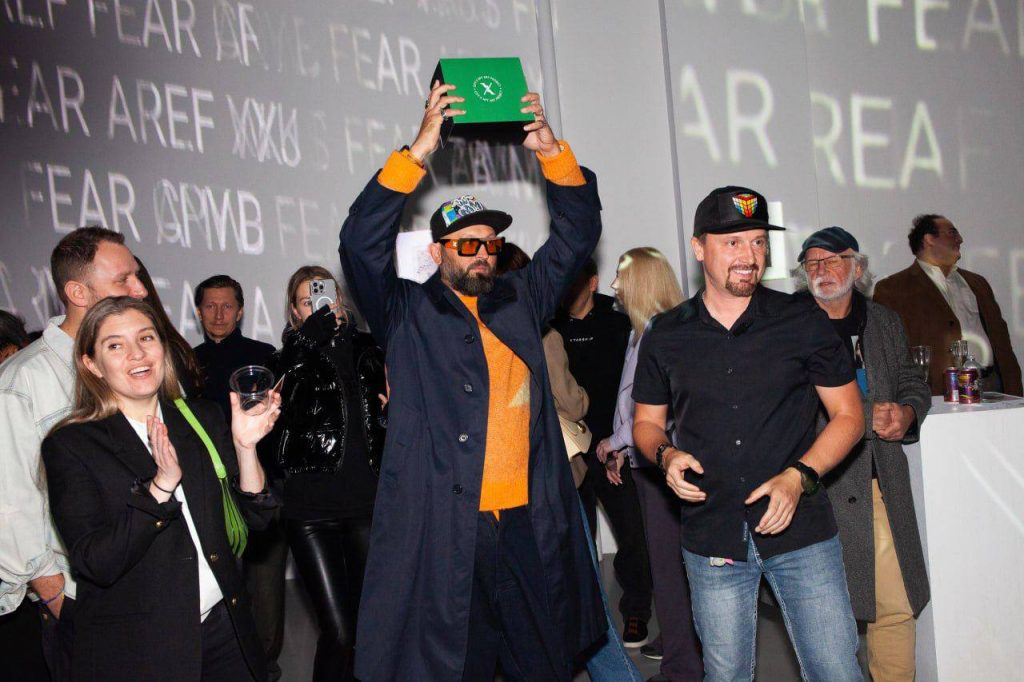
The future of art preservation:
The second day of the CityX Pop-Up Assembly featured panel discussions delving into various topics relevant to art and technology, with speakers including CityX founder Asya Nikolaeva, CityX chief curator Tatyana Tumasyan, guest (ULIVE drop) curator Eugenia Brodsky, and CEO and founder of ARSNL Art Katarina Feder.
Attendees experienced the ULIVE collection through in-person viewings, digital mapping, and an interactive demonstration via the WOWcube Entertainment System. Panel discussions explored the preservation of Fragile Art and the potential of NFTs to safeguard artistic expressions. The event provided insights into emerging trends and innovations in the intersection of art and technology.
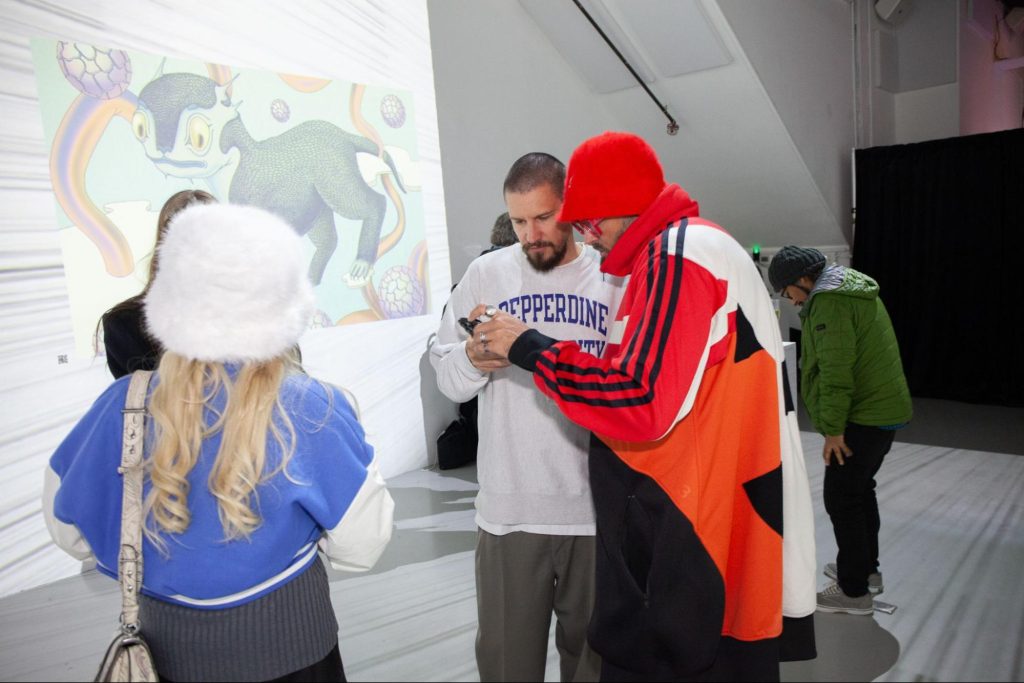
The CityX Pop-Up Assembly showcased the evolving relationship between traditional art forms and modern technology. By converting physical artworks into digital formats that preserve and enhance their essence, the event presented a promising path for the future of art conservation, ensuring the longevity of artistic heritage in conflict zones and redefining the accessibility and enjoyment of art in the digital era.
Disclaimer: The content provided in this article is solely for informational and educational purposes.
Crypto News Online Hub assumes no liability for any losses arising from the use of information,
products, or services referenced herein. Readers are urged to proceed with caution and conduct
thorough research before making any decisions related to the subject matter discussed.





